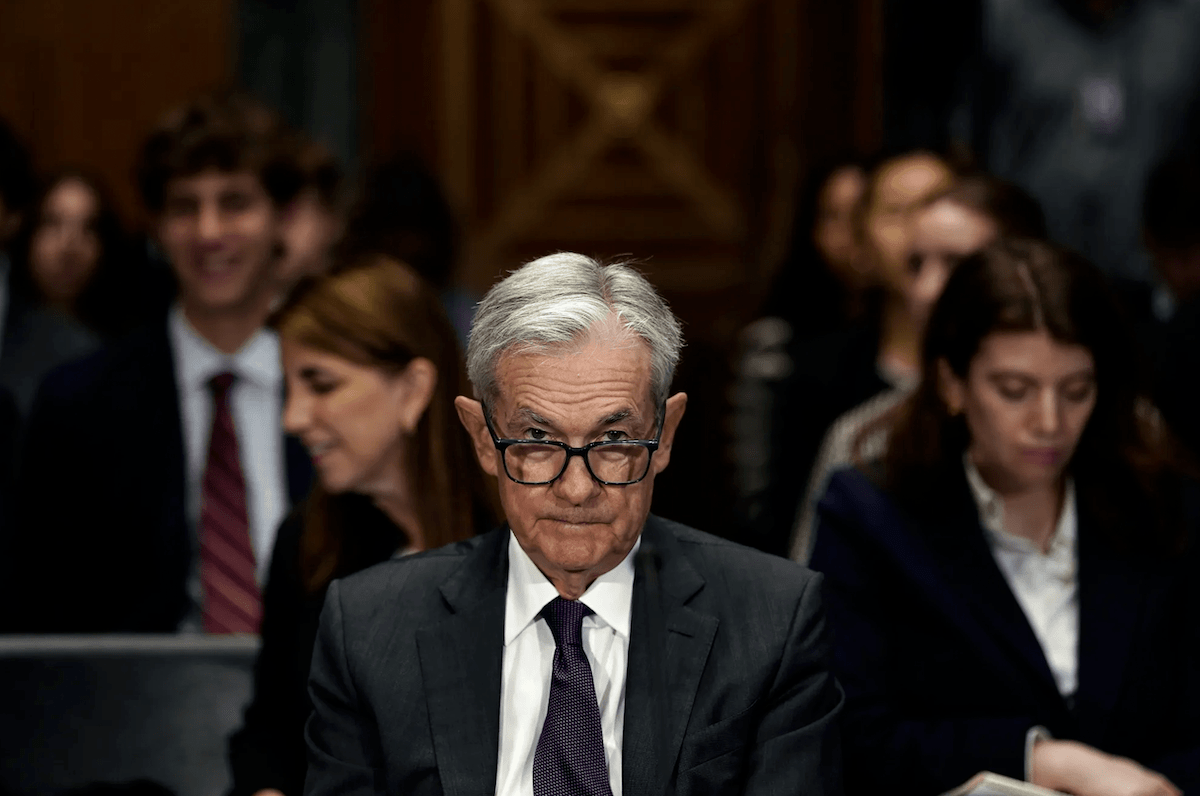
With Wall Street nearly unanimous on a September rate cut, at least one strategist is warning the Fed not to cave just yet.
“Monetary policy should remain tight until the 11% additional inflation we’ve had since January 2020 above the 2% trendline is erased,” wrote Charlie Bilello, chief market strategist at Creative Planning.
His argument is that inflation is still running too hot to justify rate cuts. “The Fed should not be cutting rates this year,” he said..
That stance puts him at odds with markets as well as President Trump. While Powell has repeatedly pointed to sticky inflation, Wall Street is convinced he’ll eventually cave.
Earlier this month, Fed funds futures were pricing in a 100% probability of a September cut, according to CME Group. The odds have since dropped to about 92%, but markets are still banking on a cut.
Not so long ago, markets saw two more cuts coming in October and December thanks to the latest CPI report, which showed annual inflation steady at 2.7% in July.
But the optimism didn’t last. The Producer Price Index came in scorching hot, with wholesale prices up 0.9% in July, the biggest monthly jump in over three years and miles above the 0.2% forecast.
Will Trump’s pressure prevail?
Under normal circumstances, the Fed could justify keeping rates high given the conflicting inflation signals. But Trump has openly pressed the central bank to deliver the largest rate cut in history.
The stakes are high. As InvestorsObserver recently reported, annual interest payments on U.S. debt have exploded to $1.2 trillion. They are now the government’s second-largest expense, just behind Social Security.
That very fiscal burden is the reason behind Trump’s demands for relief.
Conventional wisdom says Wall Street should welcome lower rates too, but analysts are divided. “Wall Street is not in favor of an interest-rate cut, per se; economists, fearing another spike in inflation, are divided on the wisdom of a rate cut,” Morningstar wrote.
One factor that could tilt the Fed’s hand: a cooling labor market. The economy has averaged just 35,000 new jobs per month over the past three months.
“These job statistics show there’s been a slowdown in the economy,” University of Massachusetts Amherst economist Gerald Epstein told ABC News. “The Fed will probably choose to make a response.”
In other words, inflation hawks may be right that easing is premature, but political pressure and weaker jobs data may leave Powell little choice but to cut anyway.
Your email address will not be published. Required fields are markedmarked